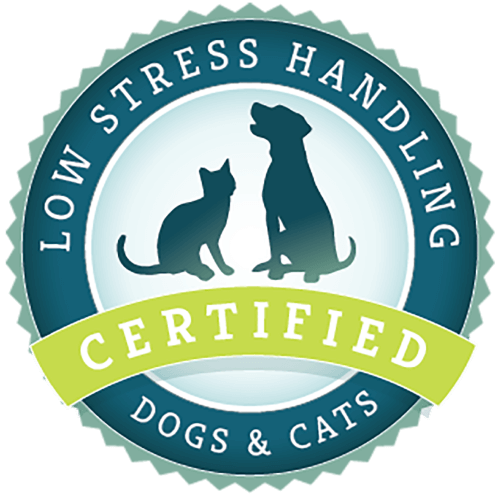What article are you looking for?
Category: CattleDog Publishing Newsletter
The Drug Resistant Client – Understanding Why Clients Would Refuse Medications
We cannot force our clients to take our recommendations. We can ask why they are resistant and listen. Creative, empathetic use of both less stressful care and appropriate medications can help reduce a client’s resistance to their use.
Low Stress Vet and Tech Communication – From the Technician’s Point of View
Communication between the technicians and the veterinarian is crucial to making vet visits as Low Stress as possible. The most important thing to remember is that you are all working together as a team to give your patients a better experience in the veterinary clinic.
Low Stress Vet and Tech Communication
In most small animal practices, the intake is done by the technician. Weight check, temp, heart rate, and history are performed by the veterinary technician. With the advances of Low Stress Handling® skills, there may be some variation on how intensive the technician will be in gathering these vital signs prior to the veterinarian stepping into the room. There is acknowledgement of the stress level of the patient, so the technician may forego some of the intake exam to reduce stress and allow the veterinarian to triage care. I always felt it was all fun and games until the doctor
“What Did You Say?” – What Your Body Language Says To Your Pet
Train yourself first, in learning what your body language is communicating to your pets and also what their body language is telling you. This is truly one of the most important things that you can do for your pet.
Storm Sangria – A Calming Cocktail for Your Storm Fearful Dog
It is April, and thunderstorms are upon us here in the Midwest. Many dogs are fearful of thunderstorms. It is the most common subtype of noise phobias in dogs. The behavioral response may vary from mild pacing or panting up to escape behaviors such as digging repetitively at the door, trembling severely, or injuring teeth and nails to get out of confinement. Triggers for the fear include falling barometric pressure, wind, rain, cloud cover, and thunder (1) Many of these triggers are present hours before the storm develops. When the thunder and lightening occur, often the dog escalates into full
Leash Walking Tips: Giving Correct Cues for Stopping
Have you ever been in a new city or location or situation and uncertain of where to go and the person who’s supposed to be guiding you keeps getting you mixed up? “This way,” they say as they walk forward slowly but while scanning the signs to the right and left. And then, “Wait no… this way.” And then, “Oops. I meant the other way instead.” If you have, I’m sure you remember the stress and frustration. Now ask yourself, do the dogs I walk at the veterinary hospital or shelter get mixed signals, too? Am I conveying an air

Low Stress Handling® Silver-Level Certification
Individual Certification at this level demonstrates to clients and employers the individual’s dedicated interest in Low Stress Handling®. Hospital Certification at this level demonstrates to clients and staff the hospital’s commitment to appropriately training staff in Low Stress Handling® methods.
Learn More
